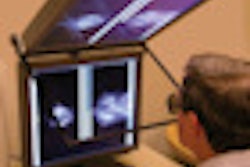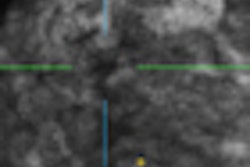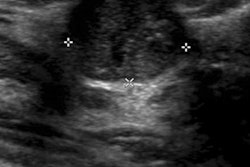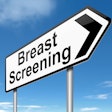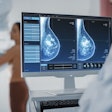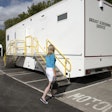Wednesday, November 28 | 3:40 p.m.-3:50 p.m. | SSM18-05 | Room S403A
In this presentation, representatives from a Canadian start-up firm will demonstrate their tool for measuring detective quantum efficiency (DQE) of digital x-ray systems in the clinical environment.DQE, perhaps the most accurate measure of detector performance, works by comparing a digital x-ray system to a hypothetical "ideal" digital detector. However, it can be difficult to measure DQE outside of a laboratory environment.
Researchers from DQE Instruments in London, Ontario, will demonstrate their company's development of a tool that can measure DQE of a wide range of clinical imaging systems, including digital radiography, computed radiography, and full-field digital mammography.
The company's tests have revealed that some digital x-ray systems perform better than others, as the zero-frequency DQE value they measured varied by a factor of 2.5. The DQE decreased at low exposure levels more quickly on some systems, and a wide range of high-frequency DQE values (by a factor of as much as 50) was found in some cases.
Knowing the DQE of a particular x-ray system would help with quality assurance efforts by identifying equipment that might require service, the researchers believe, and it could also help facilities decide whether to replace equipment that continues to demonstrate high DQE values. It could also have clinical benefits, such as enabling the selection of facilities with high DQE levels for applications such as pediatric imaging.




